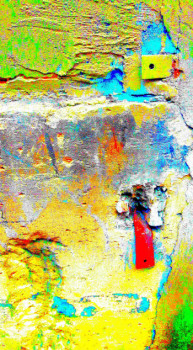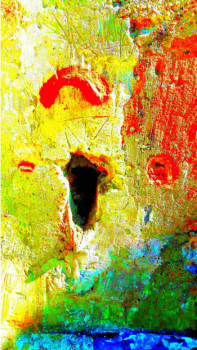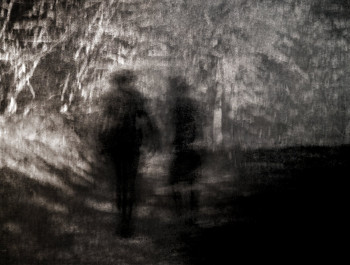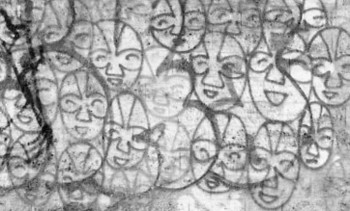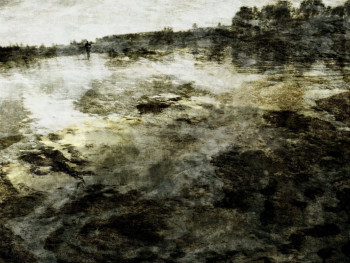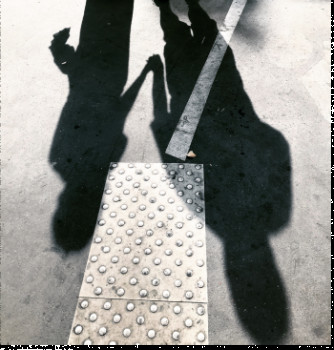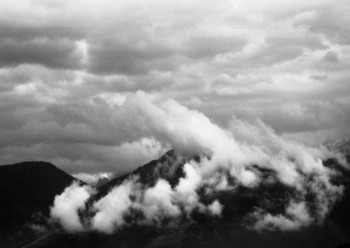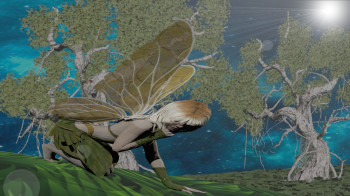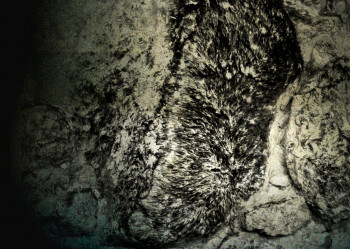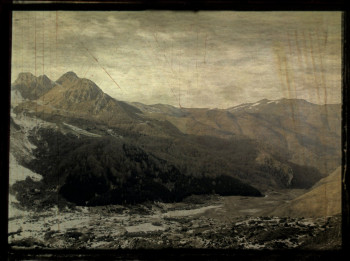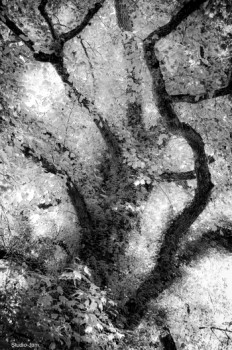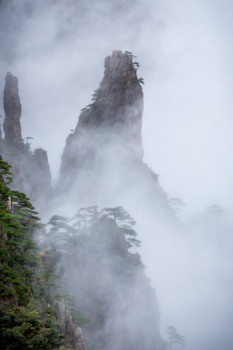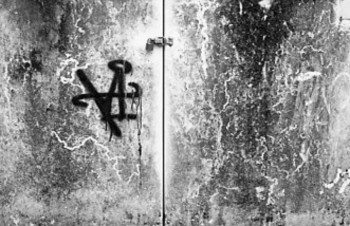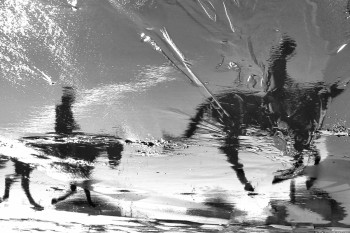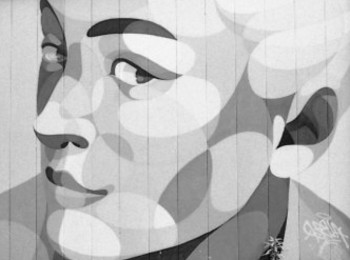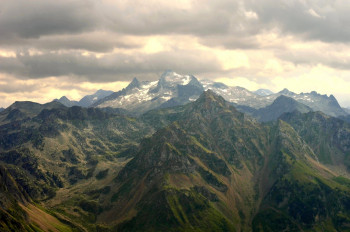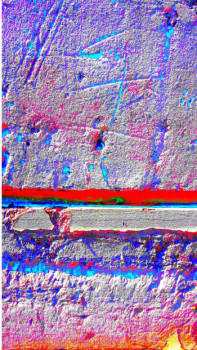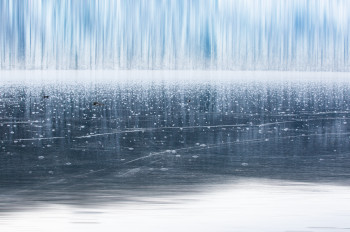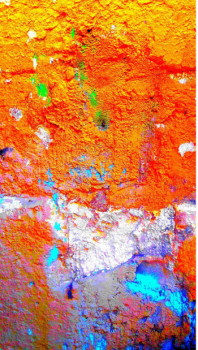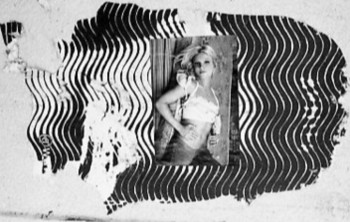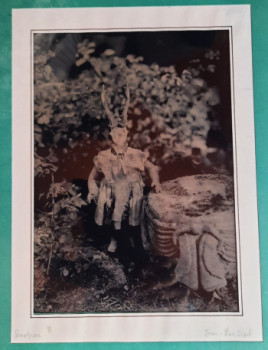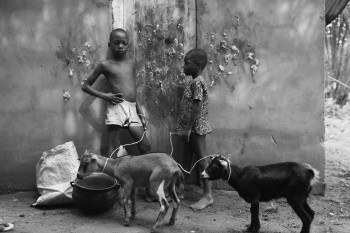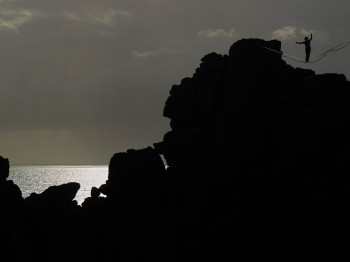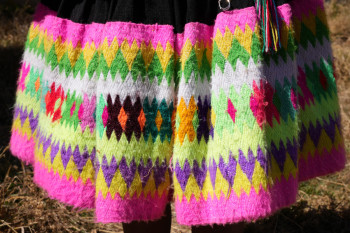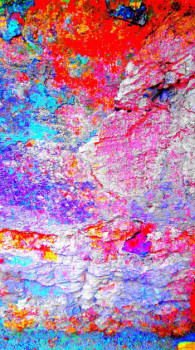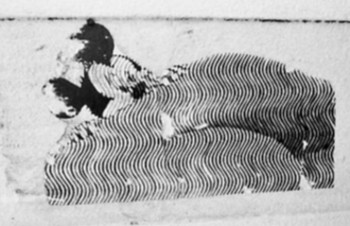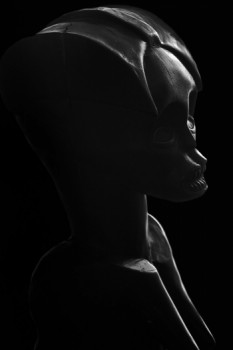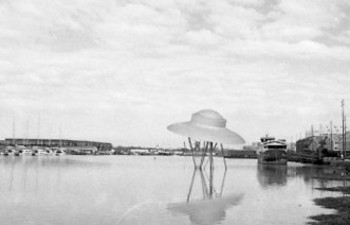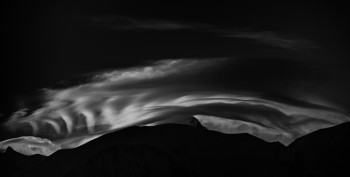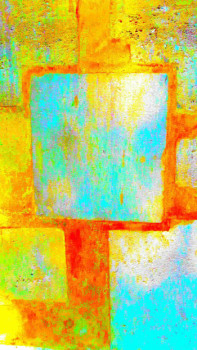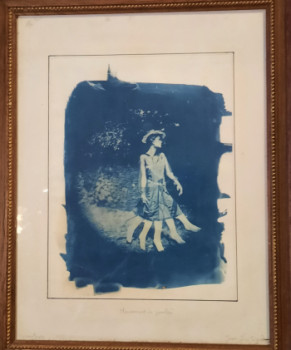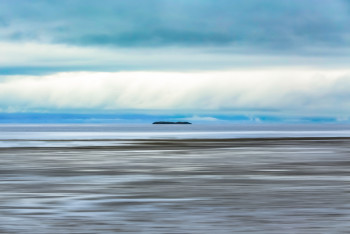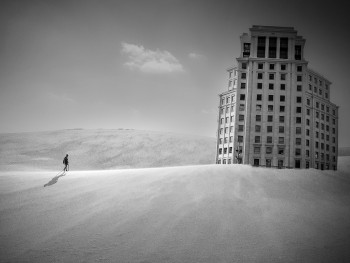
Sebastião Salgado: another look at the world
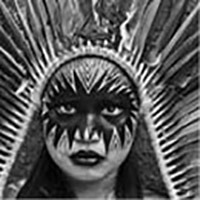
Many people secretly dream of leaving their jobs and the routine imposed by a life that no longer leaves them feeling happy. They have little time for the essentials. These same people often have a more or less secret passion that they would like to be able to live fully, without worrying about constraints and other societal pressures. Sebastião Salgado reached this milestone when he decided to quit his job and go on an adventure, accompanied by his favorite accessory: his camera.
Brazilian origins
Adventure has always been part of the artist's life. Born in 1944, in a remote village from Brazil, Sebastião Salgado grew up in a modest environment, but with an immense passion for the nature that surrounded him. This, in return, gives him a powerful feeling of freedom. In his entourage, artistic careers are not among the possibilities seriously considered in his life. at the time, when it comes to the future of a child. As a result, his education is limited. takes place in a classic way. A good student, Sebastião Salgado shows predispositions in the field of economics. After a few years of compulsory school, his studies are therefore oriented, very logically, in this direction.
Entering working life
At the end of his training course in economics, Sebastião Salgado found a decent job. Every day he goes about his work. takes his occupations seriously, fulfills the missions entrusted to him just as meticulously, but at the same time, he wonders a lot about his future at home. long term. Does he really want to live like this until the day he retires? Is the economy really a sector in which he can flourish? Everyone asks themselves these questions. at some point, but how many people have the courage to seek a sincere answer? Sebastião Salgado is one of those courageous people, capable of questioning everything, in order to get their life back on track.
1973, the year of great changes
Becoming a photographer is a project that appeared, relatively late, in the mind of Sebastião Salgado. In 1973, at As he approaches his thirties, he decides to do some experiments, before making any final decision. That year, he took on missions in a series of missions. short-term for different agencies:
- Gamma
- Magnum Photos
- Sygma
These fruitful collaborations continued, occasionally, for around twenty years. For the artist photographer, these commissions are enriching on a daily basis. all points of view. He finally leaves his position in the field of economics and devotes himself fully to his career. his art.
1986: Other Americas
"Other Americas" is the title of a work signed by Sebastião Salgado. For this first remarkable project, throughout the world, Sebastião Salgado sinks into the heart of Latin America. Critics welcomed his work with enthusiasm, but it was the public who confirmed the talent of the photographer. The success of this book paves the way for future developments. many other projects, including "La main de l'homme" in 1994.
Genesis
For many years, this passionate from photographie offers numerous shots whose popularity is based on the continues to grow. However, this is not the case; of his most ambitious project. To know the very essence of his work, you have to look at his photographic productions between 2004 and 2012. For eight years, Sebastião Salgado s uses to photograph panoramas, people, as well as nature. Sensitive and experienced, he produces black and white photos. With each new image, the artist photographer loses himself a little more in the heart of a fertile and wild nature. This spirit of adventure is probably the secret ingredient that makes his shots unique and inspiring.
Awards and honorary prizes
Although having started out in a sector which, a priori, has nothing to offer. see with the artistic community, Sebastião Salgado has been able to prove himself and find his audience. His black and white works convey a lot of emotion and demonstrate a perfect mastery of his camera. The composition, the light, the subject and the look of the artist photographer all these criteria make the work of Sebastião Salgado truly unique . This is why the artist is rewarded. several times during his career:
- 1982: the W. Eugene Smith Prize, for his work in humanist photography,
- 1985: Oskar Barnak Prize
- 1985: Word Press,
- 1990: he obtained the Golden Visa,
- 2019: the artist receives the German Booksellers’ Peace Prize.
His most famous photos
The photos of Sebastião Salgado are quickly going around the world. Some will certainly be remembered. Most of them continue to make the world dream. Among his best-known achievements, we find:
- The Cauaburi River, 2018,
- Serra Pelada Mine, 1986,
- Brooks Mountains, Alaska,
- Karkar Dooma, 2001.
Sebastião Salgado, source of inspiration for others
The journalist Isabelle Francq, touched by the style of the artist photographer, decides to 2013 to pay tribute to this last. A few months later, a book was published, taking a new and passionate look at the subject. on the artistic career of Sebastião Salgado. Barely a year later, the photographer became involved in a new project entitled; "the Salt of the Earth". In this documentary film, the public can discover the man behind the artist. The work is intended to be a faithful reflection of the life of the artist, but also an ode to his life. his work. This film is rewarded of a Special Jury Prize at the Cannes Film Festival in 1994.
Quotes
It is common to say that a picture is worth a thousand words. It is true that this saying is often true. Nevertheless, an artist is certainly best placed to do so. to evoke the very essence of his work. This title, Sebastião Salgado declared :
"This work is therefore the testimony of this long journey; it is an ode in images to the majesty and fragility of nature. of the earth, but he also wishes to warn of everything we risk losing."
"Each one, through their clothes, their pose, their expression and their gaze, had told me their story with frankness and a disarming dignity. Above all, their eyes were like windows open to their souls".
"The portrait is not the camera, but the attention paid to the other."
"My search for ancient human communities proved complex. There are still tribes living far from any trace of civilization, in the forests of Amazonia and New Guinea, but among the most isolated peoples I was able to visit, only the Zo'é Indians of Amazonia and Stone Korowai The people of West Papua have barely been touched by the outside world."
Découvrez quelques oeuvres inspirées de Salgado
